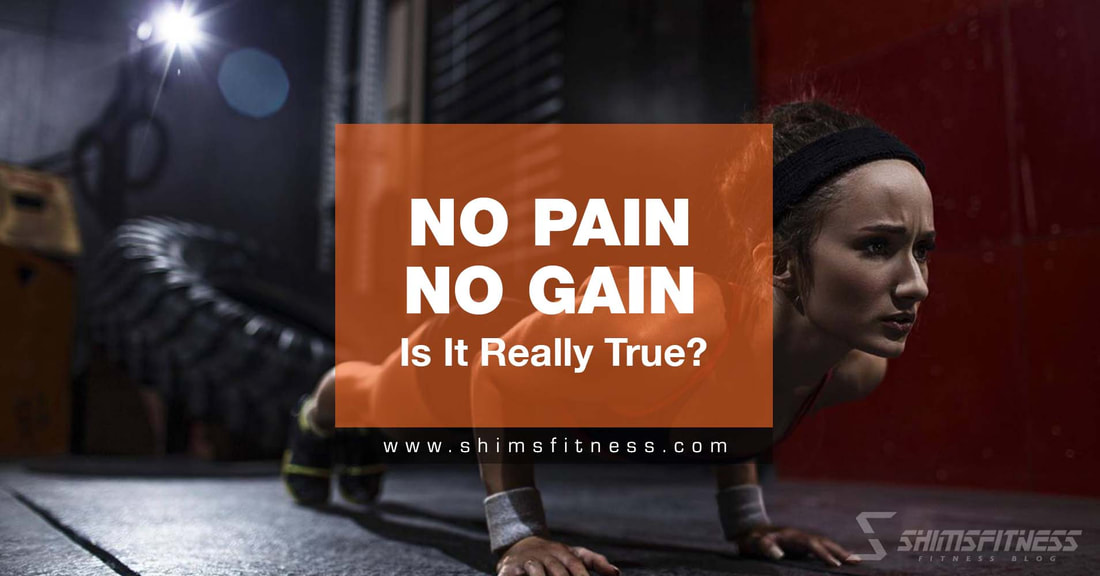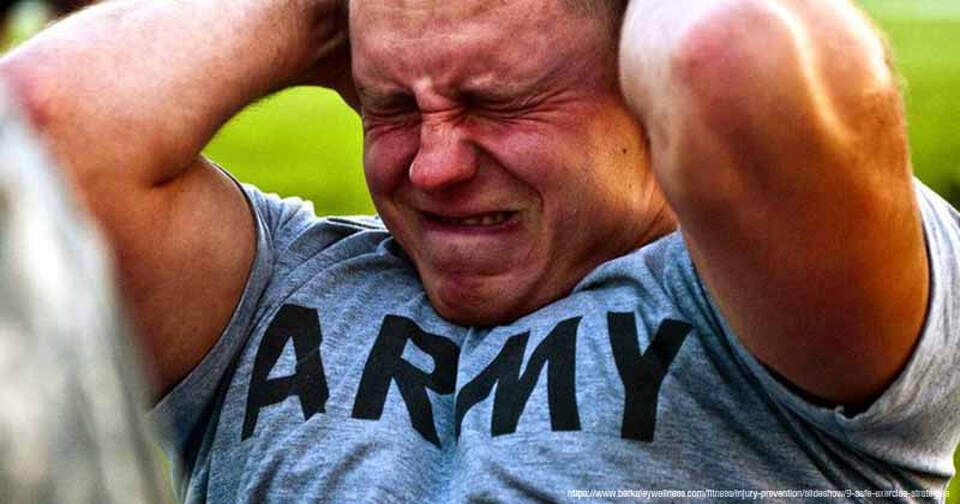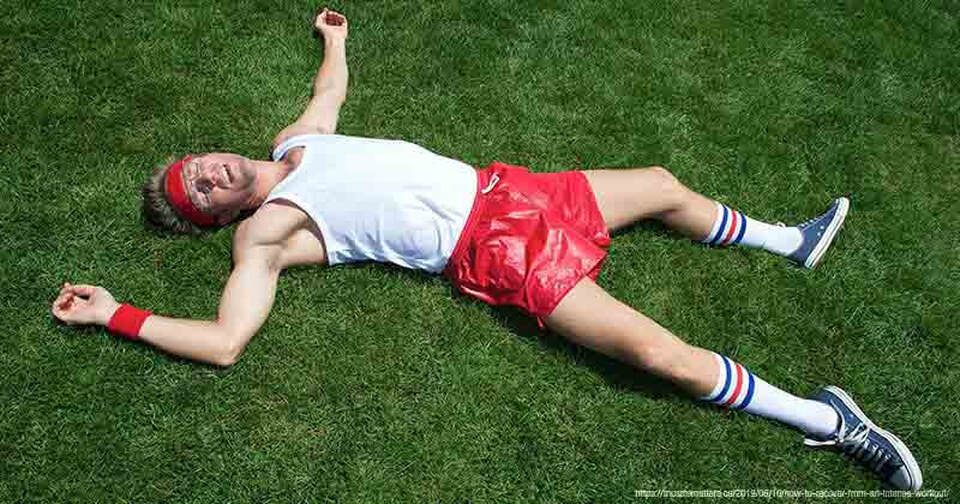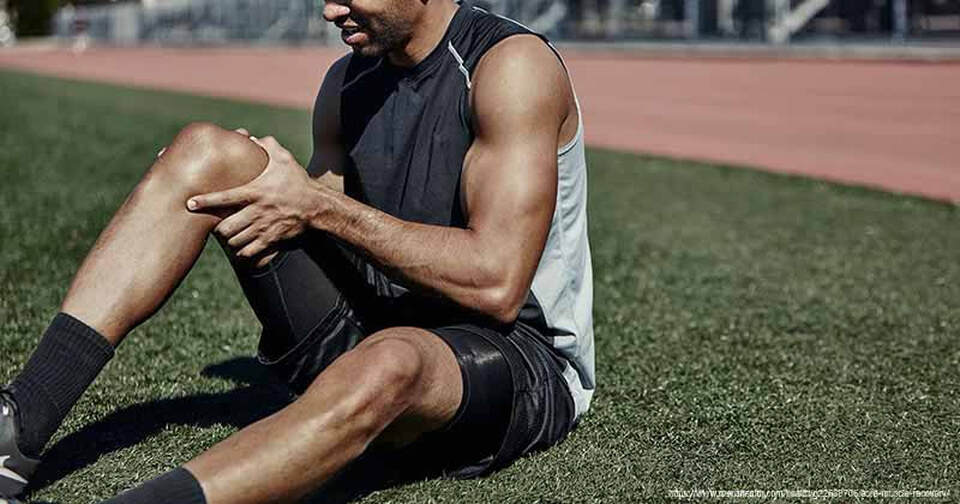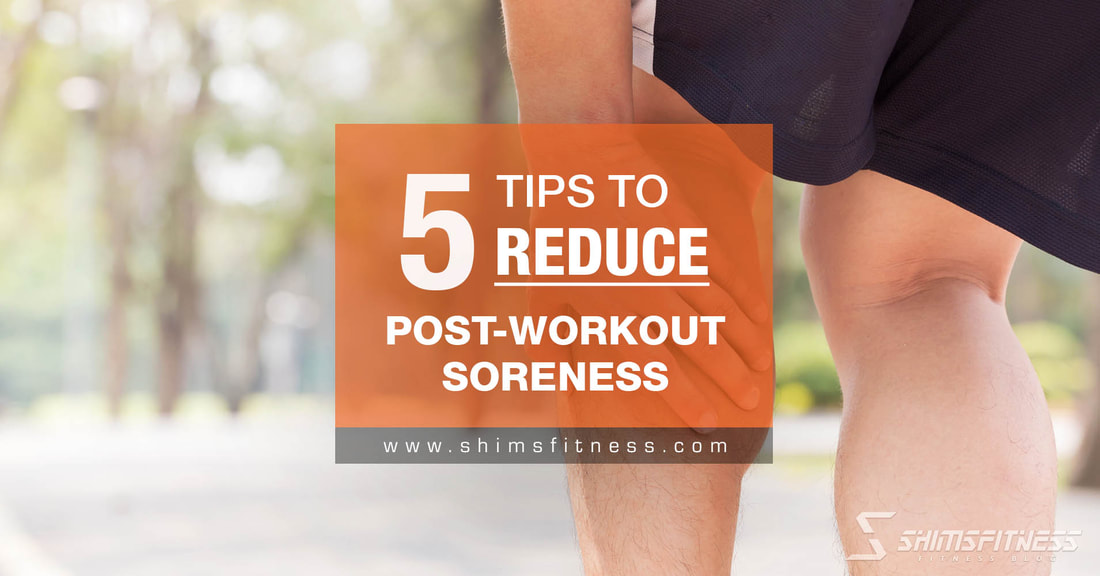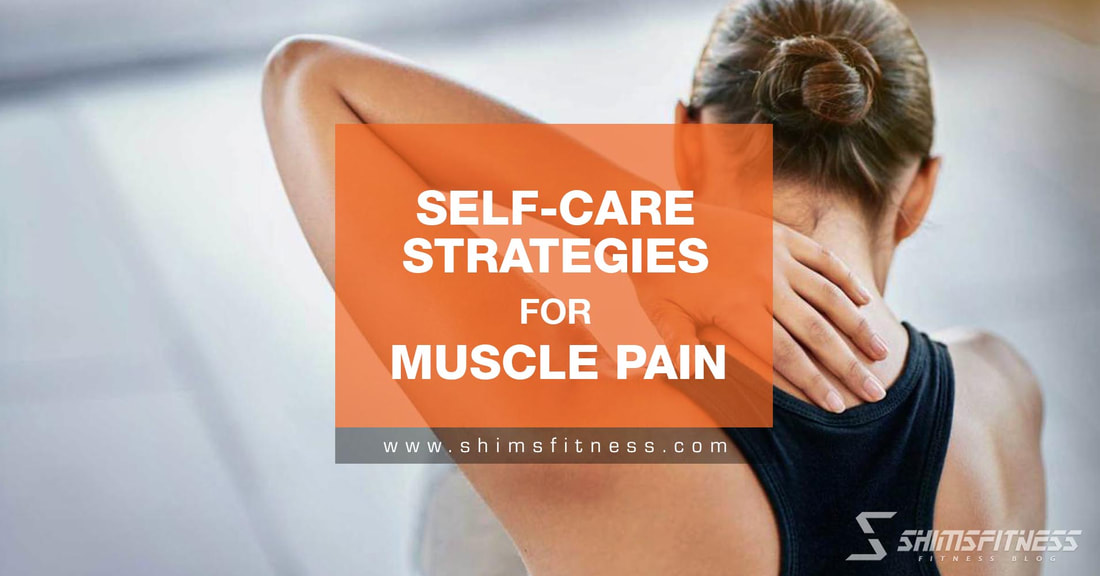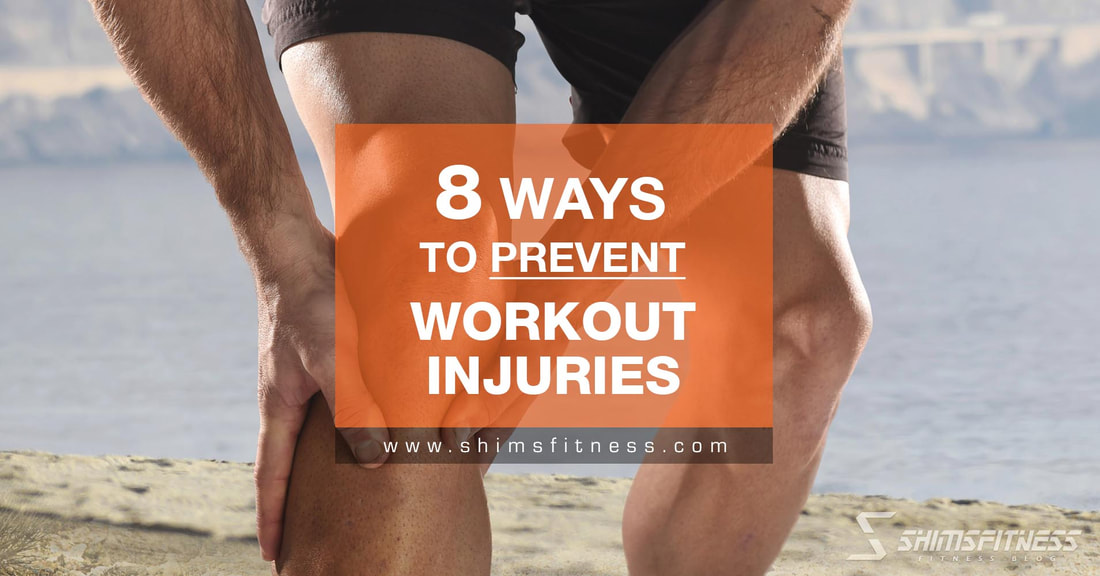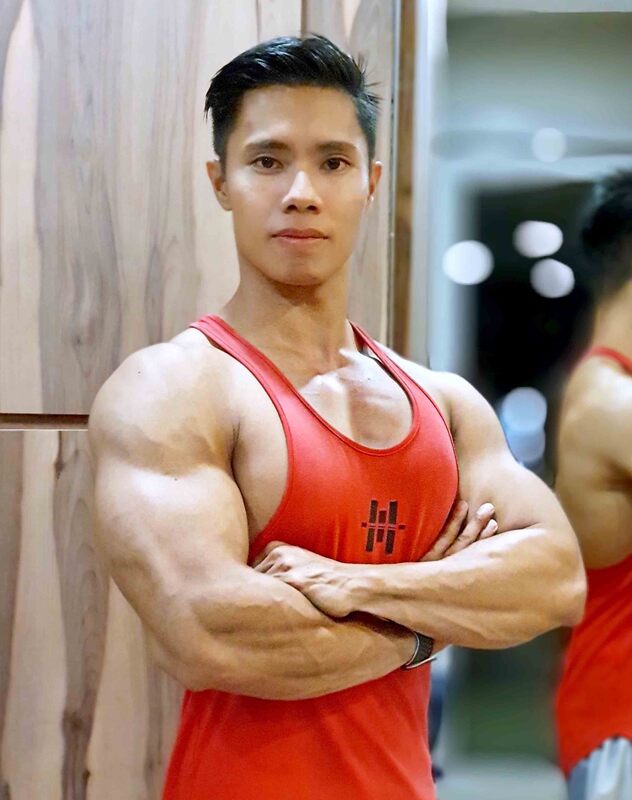No Pain No Gain - Is It Really True?
|
17/8/2019
Written By: Ryan Chan |
|
No Pain No Gain, one of the most common quote we heard in the pursue for a muscular and tone body. But is it really true? Let’s dive in deeper to have a look.
First to set things clear, when it comes to bodybuilding, the “Gain” that we are mentioning is muscular gain. So from this simple phase, technically it means without achieving some form of pain, you will not develop muscular gain.
And that’s when the problem comes in. What kind of pain should you really be feeling?
Generally speaking, there will be 3 kinds of pain that you might feel in the process of working out. 2 of which are very subjective.
Let’s start off with the most appropriate.
First to set things clear, when it comes to bodybuilding, the “Gain” that we are mentioning is muscular gain. So from this simple phase, technically it means without achieving some form of pain, you will not develop muscular gain.
And that’s when the problem comes in. What kind of pain should you really be feeling?
Generally speaking, there will be 3 kinds of pain that you might feel in the process of working out. 2 of which are very subjective.
Let’s start off with the most appropriate.
1. Extreme Soreness from Lactic Acid Build Up
When we perform an anaerobic exercise such as strength training, we require our body to produce the energy needed with the absence of oxygen and at a more rapid rate as compared to aerobic exercises such as jogging. This rapid breakdown of glucose for energy results in the formation of lactic acid. As more lactic acid builds up within your muscles, soreness takes place which will affect your range of motion and contraction. At this point of time, it is not uncommon to see someone in the gym with a “constipated look” or grunting well performing the exercise.
Thus the question you may ask is – What’s the benefit for training to this level of soreness?
1. Increased Lactic Threshold
As mentioned, if more lactic acid builds up within your muscles, it will be more difficult for you to continue performing an exercise. However, given frequent training within this time-frame of extreme soreness, you will condition your body to be able to store more lactic acid before extreme soreness sets in and at the same time, increases your pain tolerance to be able to push through with the exercise. This results in higher training intensity and more efficient performance which can lead to greater muscle stimulation for growth in the long run. Do note that this point is also extremely important for endurance athlete.
2. Greater Muscle Stimulation
Training your muscles beyond the point of fatigue results in greater stimulation for muscle growth. As compared to stopping an exercise right at the start of soreness, pushing into that pain allows your body to recognise that it needs to adapt to the new training intensity and stimulant. This will then promote more growth and development for the muscles.
I will end this point with a great quote by the legendary boxer, Muhammad Ali:
“I don’t count my sit-ups; I only start cutting when it starts hurting because they’re the only ones that count.”
Thus the question you may ask is – What’s the benefit for training to this level of soreness?
1. Increased Lactic Threshold
As mentioned, if more lactic acid builds up within your muscles, it will be more difficult for you to continue performing an exercise. However, given frequent training within this time-frame of extreme soreness, you will condition your body to be able to store more lactic acid before extreme soreness sets in and at the same time, increases your pain tolerance to be able to push through with the exercise. This results in higher training intensity and more efficient performance which can lead to greater muscle stimulation for growth in the long run. Do note that this point is also extremely important for endurance athlete.
2. Greater Muscle Stimulation
Training your muscles beyond the point of fatigue results in greater stimulation for muscle growth. As compared to stopping an exercise right at the start of soreness, pushing into that pain allows your body to recognise that it needs to adapt to the new training intensity and stimulant. This will then promote more growth and development for the muscles.
I will end this point with a great quote by the legendary boxer, Muhammad Ali:
“I don’t count my sit-ups; I only start cutting when it starts hurting because they’re the only ones that count.”
2. Delayed-Onset Muscle Soreness (DOMS)
The second type of pain we are discussing about is the pain you felt after your workout. I’m sure most of you who exercise would have experience this. In fact, I know of some people who do not want to start exercising because of this as well.
DOMS, also known as post-workout muscle soreness, is absolutely normal as it is a result of micro tears in your muscle fibres, mainly from eccentric exercises such as lowering a weight during biceps curl where you lengthen a muscle under resistance, as well as the accumulation of waste products resulted from your workout. The pain is often located at the muscle group you were working on during your training and can usually be felt 24 to 72 hours after your training. It typically peaks around 48 hours post workout. DOMS can also be accompanied by muscle tenderness, stiffness and loss of strength.
It is very common for one to have DOMS if you are just starting to work out or have not been working out for a long time. This is because your body is still adjusting to the new training intensity and have not yet been condition to the new stimulant. However, your body gets used to the increased activity intensity quickly as well as the pain threshold. Thus DOMS should lessen over time as you exercise more regularly.
One would often notice that if you stop your training for 2 weeks or more before getting back at it, you will be experiencing DOMS again. This is due to the simple fact that your body’s ability to adapt to the stimulant have decrease thus it will take a few workout sessions before you regain that ability to not feel DOMS as much.
However, with that being said, many often associate not having DOMS as a bad workout done and with no gains and that is not true. If we take into account that you have been very discipline in achieving progressive overloading in your training, not feeling DOMS can be a sign that your body is well conditioned to tolerate pain and can better adapt to the stimulant given the frequent training. However, that does not mean that you had a bad workout and that no growth will take place.
But, if you know and is guilty of not pushing yourself hard enough in the gym, then the lack of DOMS may be a sign that you need to work out harder.
Thus, NO DOMS (pain) does and does not equal to NO GAIN. It’s subjective in this matter depending on your training frequency and intensity.
For more information regarding DOMS and how you might be able to manage the pain better, check out this article.
DOMS, also known as post-workout muscle soreness, is absolutely normal as it is a result of micro tears in your muscle fibres, mainly from eccentric exercises such as lowering a weight during biceps curl where you lengthen a muscle under resistance, as well as the accumulation of waste products resulted from your workout. The pain is often located at the muscle group you were working on during your training and can usually be felt 24 to 72 hours after your training. It typically peaks around 48 hours post workout. DOMS can also be accompanied by muscle tenderness, stiffness and loss of strength.
It is very common for one to have DOMS if you are just starting to work out or have not been working out for a long time. This is because your body is still adjusting to the new training intensity and have not yet been condition to the new stimulant. However, your body gets used to the increased activity intensity quickly as well as the pain threshold. Thus DOMS should lessen over time as you exercise more regularly.
One would often notice that if you stop your training for 2 weeks or more before getting back at it, you will be experiencing DOMS again. This is due to the simple fact that your body’s ability to adapt to the stimulant have decrease thus it will take a few workout sessions before you regain that ability to not feel DOMS as much.
However, with that being said, many often associate not having DOMS as a bad workout done and with no gains and that is not true. If we take into account that you have been very discipline in achieving progressive overloading in your training, not feeling DOMS can be a sign that your body is well conditioned to tolerate pain and can better adapt to the stimulant given the frequent training. However, that does not mean that you had a bad workout and that no growth will take place.
But, if you know and is guilty of not pushing yourself hard enough in the gym, then the lack of DOMS may be a sign that you need to work out harder.
Thus, NO DOMS (pain) does and does not equal to NO GAIN. It’s subjective in this matter depending on your training frequency and intensity.
For more information regarding DOMS and how you might be able to manage the pain better, check out this article.
3. Injuries…
The last and the most inappropriate context for pain in the quote is injuries. You definitely do not want this kind of pain during your training.
Here are some of the type of common injuries you might sustain during your workout:
In this case, sustaining any sort of injury will definitely set you back on your training and affect those gains. Thus, NO PAIN NO GAIN definitely does not apply to this case.
You can learn how to prevent exercise injuries from this article and how you can manage the injury through self-care strategies here.
Here are some of the type of common injuries you might sustain during your workout:
- Sprains
- Dislocation
- Impingement
- Fracture
- Muscle Tear
In this case, sustaining any sort of injury will definitely set you back on your training and affect those gains. Thus, NO PAIN NO GAIN definitely does not apply to this case.
You can learn how to prevent exercise injuries from this article and how you can manage the injury through self-care strategies here.
Conclusion
So before you go around telling people “No Pain No Gain”, do educate them the proper context to avoid long-term pain with no gain.
Articles You Might Be Interested

